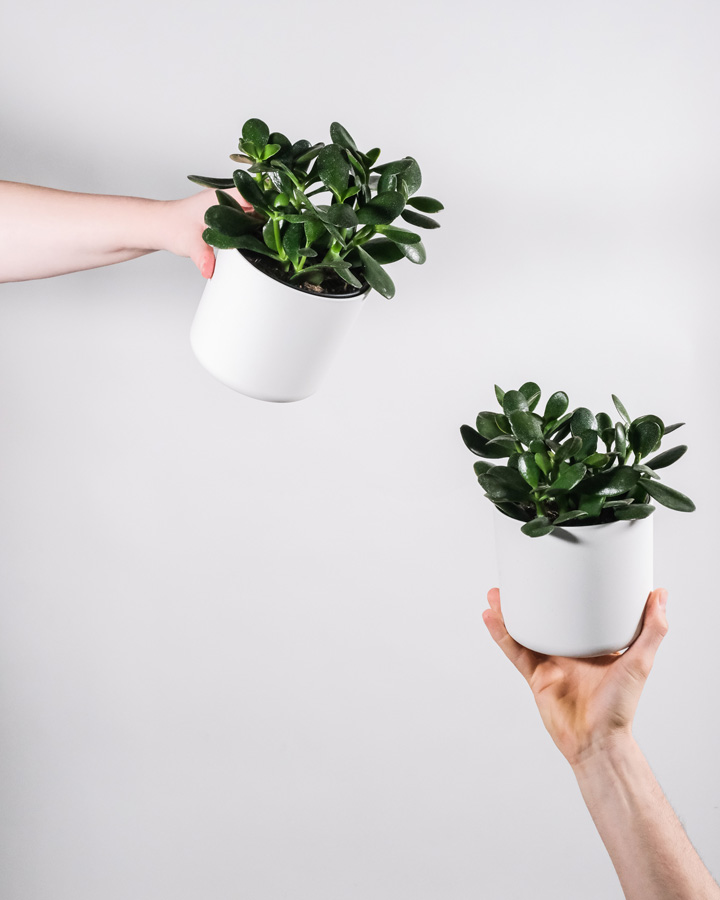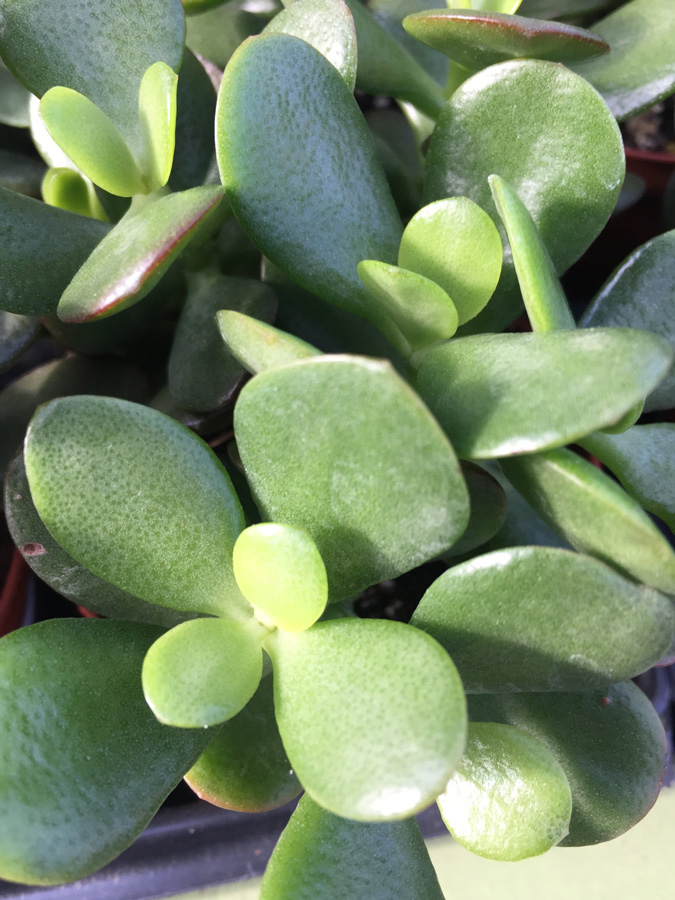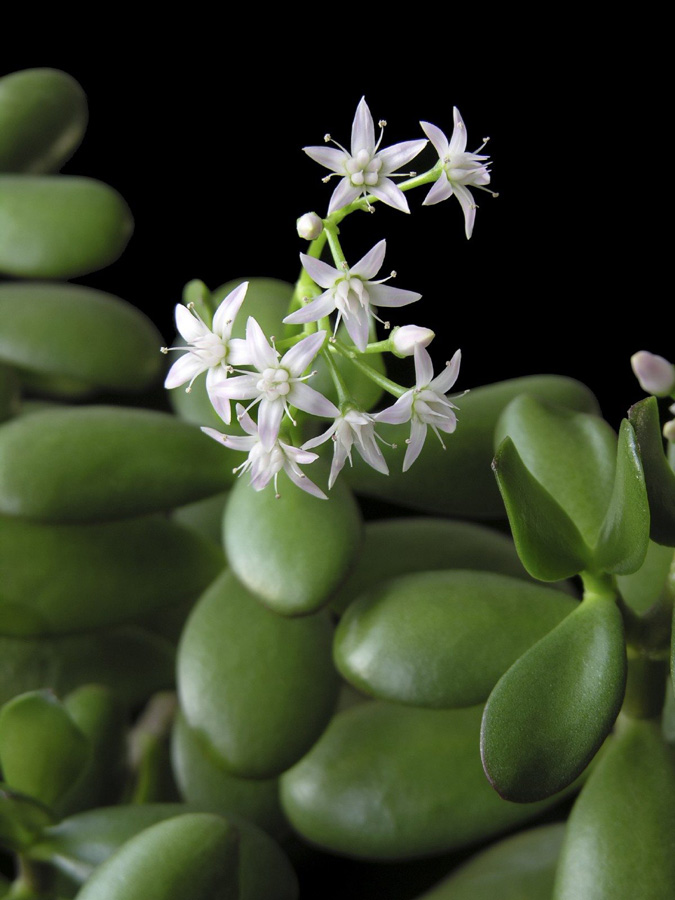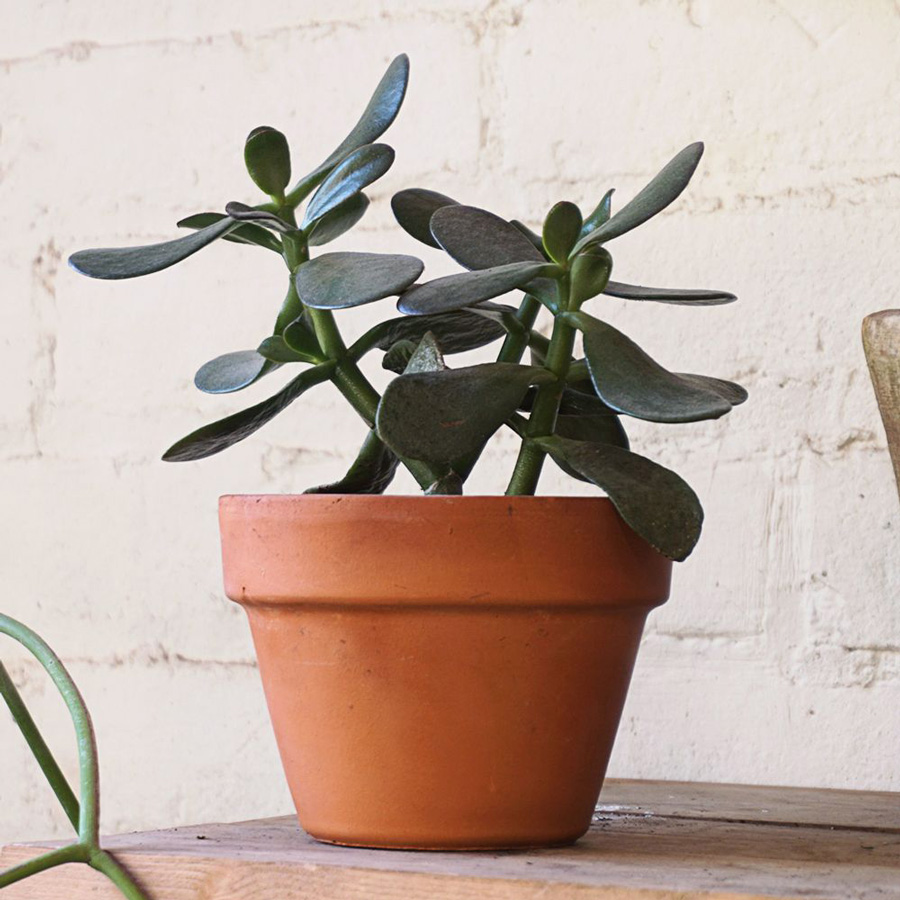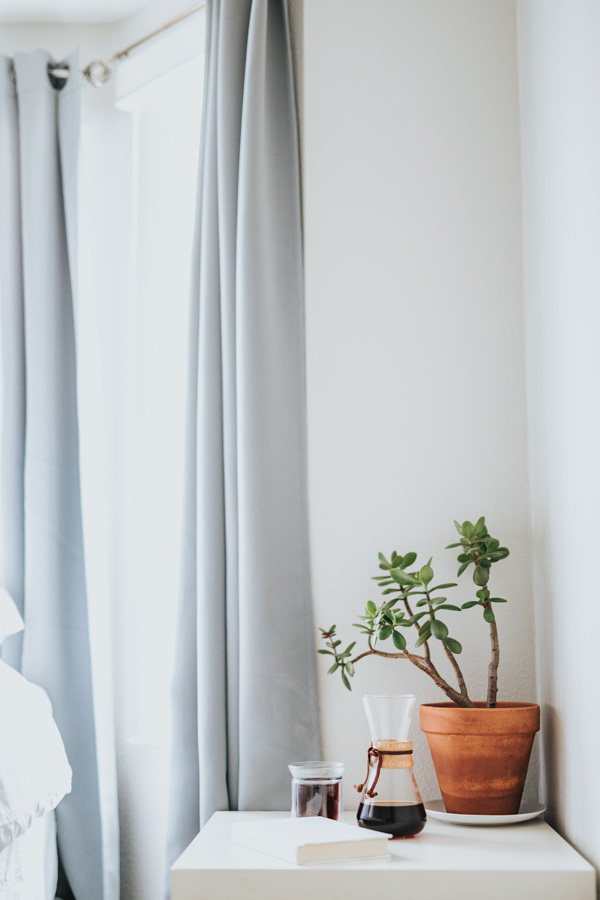Crassula
The various types of this plant relating to succulents attract attention with their thickened leaves, an interesting form of the crown, and sometimes the spectacular color of the entire plant.
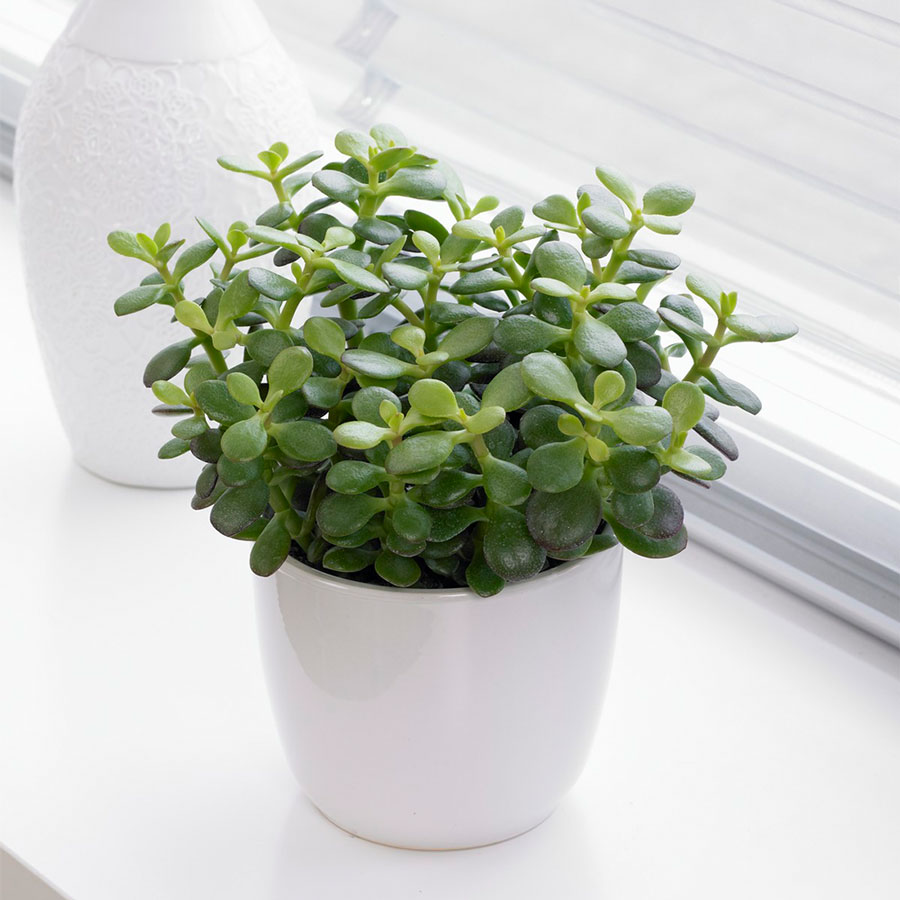
Lightning
Since the plant needs good lighting and direct sunlight, it is better to have it to be located on the southern, southwestern and southeast windowsill. in winter, for additional lighting, it is desirable to use phytolamblu, daylight lamps or LED lamps with a plant spectrum.
The lack of light immediately affects the color of the leaves. They lose their decorative color and become simply green. With a strong lack of lighting, shoots begin to stretch, curvatched and rolled.
With the arrival of warm times, it is desirable to exhibit plants on a balcony or loggia.
Temperature
The cultivation temperature in winter should be low (from 3 to 12 degrees depending on the species, species, shape and variety). Only in this case the plants will retain their spectacular color and other varieties. in the summer, it can be different and can achieve even 30 degrees for a long time.
Unwanted for ficus strokes and soil ploying. No need to put it on a cold window sill or floor.
Watering
Proper watering is another important condition for the content of ficuses. in summer, the ficus is required abundant watering, in winter – moderate. the soil between irrigation should be sinking, but do not dispel, ficus – the plant is moisture. However, in cool conditions for ficuses, there may be a dangerous meal of soil. at the same time, they begin to heat the roots and, sometimes, the base of the stem.
Ampelized species of ficus requires a more abundant watering than the usual.
Transfer
You will need to ensure that you have the correct kind of soil before you begin, and gather the tools you will need in preparation, such as the clippers, a spade, and a watering can.
Before you can transplant your jade, you need to make sure that the soil mix in your container is of the correct type. the jade plant needs a certain kind of soil; it will not be happy with common garden earth soil, nor a sand and gravel growing mix. Instead, they like a mixture of coarse earth and sand, plus around a quarter of sphagnum. the soil should also be treated to ensure that it is free of spores and other fungi and weeds. Ensure that the soil is well-draining, as the jade plant is vulnerable to rotting if left in damp conditions.
Reproduction
Crasus will be multiplied by seeds, cuttings and leaves. Seeds are sown in low tanks filled with a mixture of sand and leaf land. After sowing, the tank is covered with film or glass to support almost 100% humidity. to prevent the appearance of the black leg, the land is spilled with a solution of phytosporin.
Within two weeks, so far seeds are germinated, minor ventilation are configured. As soon as most of the seeds sprouted, the glass is removed. After the appearance of two or three pairs of leaves, seedlings are peeling into small tanks with an earthy mixture or universal floral soil.
